A Gypsy in New York (part 2.4)
by Juliette de Bairacli Levy
Pre-publication preview courtesy of Ash Tree Publishing
Author of Nature's Children, Traveler's Joy, Common Herbs for Natural Health, Juliette of the Herbs
Our own old clothes I made up into parcels and placed on top of the trash containers. I hope that one or other of the trash collectors might have been interested,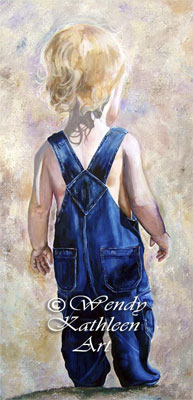 but I expect that they all earned such good money they could afford to buy the best in new clothes for their families. Many shabby people did pass by down Second Avenue, many looked as if they slept in their clothes, as was probably the case with some of them, with apartments hard to get and the winter weather very cold.
but I expect that they all earned such good money they could afford to buy the best in new clothes for their families. Many shabby people did pass by down Second Avenue, many looked as if they slept in their clothes, as was probably the case with some of them, with apartments hard to get and the winter weather very cold.
I also saw strange characters, made peculiar by nervous diseases or by drugs or an excess of alcohol. An English artist once published a series of sketches in the London Graphic of 1870, showing scenes and people that he had seen while living in New York at that time. Harper’s Weekly of New York reprimanded that artist, saying severely that “he either willfully perverted what he saw or else had a singular faculty for seeing what was not observable to ordinary eyes. “One picture that gave offense showed, as an example of New York’s rag trade, an aged, hag-type woman harnessed with two dogs to a boxlike cart, which was filled with rags.”
If I were to describe all the odd types I saw in New York, passing below our Second Avenue windows, or met with when I was wandering through the city, the same might well be said about my memories of New York life. I never saw so much strangeness elsewhere. I think it must be the extreme tension of city life that causes young women to go out in the streets with disheveled hair, singing silly songs, making antic-like gestures. No one took much notice of them. In most other cities they would have had a crowd following after them, or likely would have been arrested by the police.
Then there were the men, often quite well-dressed ones, who walked properly but shouted out crazy things. Not the partly logical cry of an alcoholic-type man whom we saw among a crowd watching a fire on Third Avenue, who cried repeatedly, “Phony fire! Phony fire!” Perhaps he had lit a phony fire once and now accused others? There were many male characters who went along the streets crying out senseless things.
The strangest that I heard was on Astor Place, near the subway. A smartly dressed man was waving his arms like a windmill and shouting out, “Upstairs! Downstairs! And my grandmother’s corsets!” – repeating this cry endlessly until he was beyond my hearing. Again no one laughed or took any notice of him, which seemed so strange to me.
Once, in the early afternoon, I saw standing outside Levine’s Comfort Shoes Shop, which faced our building across Second Avenue, a giant and a dwarf. They carried square-shaped parcels. The dwarf might have been able to fit himself with a pair of child’s shoes, but the giant, whose head seemed to reach almost to the first-floor window opposite us, would have needed made-to-measure shoes to fit his huge feet. The couple had probably come from a Christmas circus. Fascinated, my children observed them, marveling at the contrast in size.
The odd pair also attracted the attention of a group of teenagers who daily frequented a coffee shop a few doors away from Levine’s Shoes. The teenagers were themselves notable and were a regular street sight from our window. Dressed in bright zipper jackets, often with contrasting sleeves and colored insertions, blue jeans, or bright checks, canvas ankle boots or rubber snow boots, the young people were as restless as houseflies. They came and went out of the coffee shop, they hovered around it, its door was never still, as the youths and girls came out for “a breather” and then went back again into the steamy interior.
They also sat out on the step, or crouched uncomfortably in a row in the small amount of sunlight that filtered down near the shop.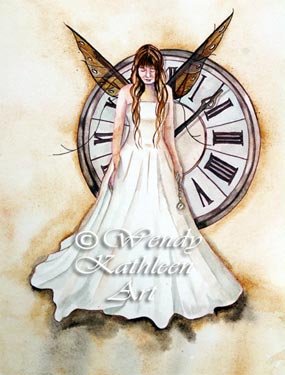 For theirs was the sunny side of the street and ours, sadly, was the shady. They chewed gum, almost every one of them, and they shared cigarettes. Quite often they sang glees, making a circle, with heads huddled together (not unlike the way that Spanish Gypsy men singing flamenco sometimes, a group of perhaps six men all urging each other on to excel in that soaring wailing song inherited by the Spanish Gypsies from the Moors of Morocco).
For theirs was the sunny side of the street and ours, sadly, was the shady. They chewed gum, almost every one of them, and they shared cigarettes. Quite often they sang glees, making a circle, with heads huddled together (not unlike the way that Spanish Gypsy men singing flamenco sometimes, a group of perhaps six men all urging each other on to excel in that soaring wailing song inherited by the Spanish Gypsies from the Moors of Morocco).
The teenagers sang western songs and others that sounded like songs of the American tramps. Most of them had sweet voices. Sometimes they brought mouth-organs (harmonicas). The gatherings outside the coffee shop were daily, but the singing was not. We never knew when there would be the singing. We were pleased to hear it. It was sweet and rather sad. I wanted to throw oranges across the Avenue, down from our windows, as thanks for the singing, as one does for the Gypsies in Spain, or bars of candy. But I felt too shy to do so.
In contrast to the few colorful people who passed by, the occasional strange beautiful woman or very handsome man, the rest of the crowd were drab as sparrows. Our neighborhood was working-class and principally inhabited by Hungarians, Rumanians, and European Jews, some Greeks, and farther uptown around Yorkville there were the Irish and the Spanish. A typical New York Manhattan mixture was expressed by Morris Abel Beer, who wrote:
There’s Asia on the avenue,
And Europe in the street,
And Africa goes plodding by,
Beneath my window seat.
As it was winter, most of the men wore dull-looking topcoats, and their heads were muffled in the popular woolen scarves called babushkas. These scarves were on sale in the many Hungarian clothing shops in the neighborhood, and I chose the brightest I could find and posted them off to Gypsy friends in Spain and England. And as, during our time on Second Avenue, there was usually snow underfoot, or slush, or rain puddles, most of the people wore snow boots, rubbers, or galoshes. Such footwear made a brushing sound passing beneath our windows, one of the sounds of New York to remember.
by Juliette de Bairacli Levy
Juliette of the Herbs DVD Video
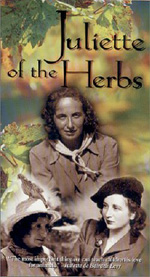 Award-winning DVD video! Juliette of the Herbs is a beautifully filmed lyrical portrait of the life and work of Juliette de Bairacli Levy; herbalist, author, breeder of Afghan hounds, friend of the Gypsies, traveler in search of herbal wisdom and a pioneer of holistic veterinary medicine. Filmed on location in Greece, Spain, France, Portugal, Switzerland, England and America, and interwoven with Juliette's vast collection of archival photographs, together with scenes of Gypsies dancing and Bedouins with their herds, is an inspiring portrait of a remarkable woman.
Award-winning DVD video! Juliette of the Herbs is a beautifully filmed lyrical portrait of the life and work of Juliette de Bairacli Levy; herbalist, author, breeder of Afghan hounds, friend of the Gypsies, traveler in search of herbal wisdom and a pioneer of holistic veterinary medicine. Filmed on location in Greece, Spain, France, Portugal, Switzerland, England and America, and interwoven with Juliette's vast collection of archival photographs, together with scenes of Gypsies dancing and Bedouins with their herds, is an inspiring portrait of a remarkable woman.
Price: $19.95
Order Juliette of the Herbs DVD Video
Sacred and Herbal Healing Beers:
The Secrets of Ancient Fermentation
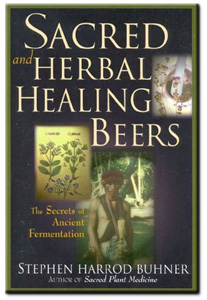 by Stephen Harrod Buhner
by Stephen Harrod Buhner
This is the first comprehensive book ever written on the sacred aspects of indigenous, historical psychotropic and herbal healing beers of the world.
Paperback: 450 pages
Price: $19.95
"Filled with nourishment for the soul, body, and mind, this book is a unique view of the intersection between herbal medicine and fermentation. It will delight anyone interests in herbs, honey, brewing and folktales. Great Book!" -- Susun S. Weed
Order Sacred and Herbal Healing Beers in our Bookshop

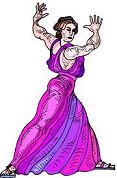
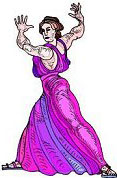


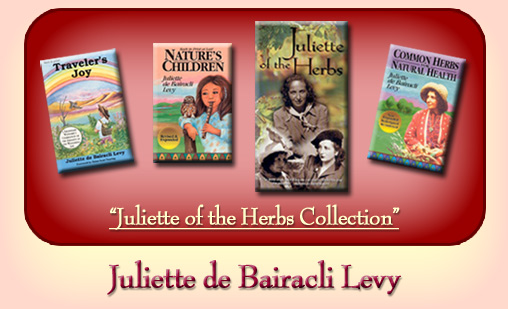
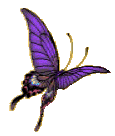 Order
Order 



